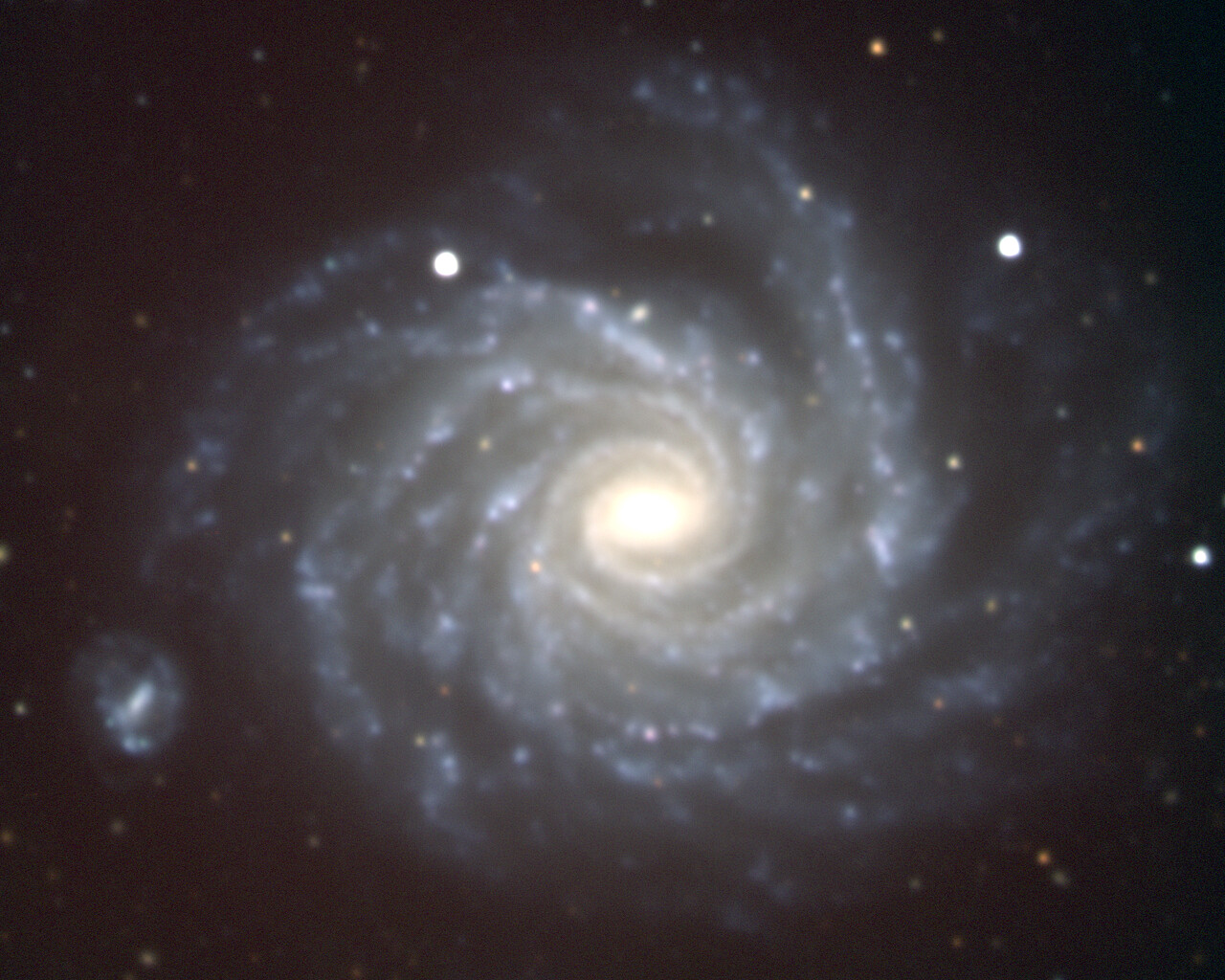Eridanus
Origin
Eridanus is the sixth-largest constellation in the sky and is located south of the celestial equator. Eridanus has the greatest extent from north to south of any constellation in the sky! The northern part of the constellation Eridanus was cataloged by the second-century astronomer Ptolemy, for him only named “The River”. “ Due to a mistake of Ptolemy who states that the brightest star of the constellation is at the end of the river, Dutch navigators in the 1590s extended the constellation further south when they sailed to the southern hemisphere and saw the bright star that is now called Achernar. This star and some others of our constellation Eridanus were invisible for the ancients and not listed in Ptolemy. In ancient times, scholars not only argued which one of the many rivers would be depicted here but also whether its waters flow northwards or southwards, so it is uncertain whether they had considered the “end of the river” close to Orion or close to the horizon. Ptolemy saw it in theta Eridani.”
Bright Stars
Alpha Eridani, also known as Achernar, is located at the southern end of Eridanus and is only visible from near the equator and the southern hemisphere. Achernar is a blue-white star located 144 light-years from Earth. Achernar is spinning so rapidly it is about 50% larger at the equator than the poles! Beta Eridani, also known as Cursa, is a magnitude-2.8 blue-white star located about 89 light-years from Earth. Cursa is near the foot of Orion and visible from most of Earth thanks to its proximity to the celestial equator. Theta Eridani is also known as Acamar. Acamar is a double star consisting of two blue-white stars with magnitudes 3.2 and 4.3 about 161 light-years from Earth. 40 Eridani is a triple star system consisting of an orange main sequence star, a white dwarf, and a red dwarf. The primary star is magnitude 4.4, the white dwarf is magnitude 9.5 and the red dwarf is 11th magnitude. This is the easiest of all white dwarfs to observe with small telescopes.


 Photo of the constellation Eridanus produced by NOIRLab in collaboration with Eckhard Slawik, a German astrophotographer.
The annotations are from a standardized set of 88 western IAU constellations and stick figures from Sky & Telescope. Please find here a non-annotated version of the image.
Photo of the constellation Eridanus produced by NOIRLab in collaboration with Eckhard Slawik, a German astrophotographer.
The annotations are from a standardized set of 88 western IAU constellations and stick figures from Sky & Telescope. Please find here a non-annotated version of the image.
Credit: E. Slawik/NOIRLab/NSF/AURA/M. Zamani
Notable Objects
NGC 1535 is a small blue-gray planetary nebula in Eridanus and is visible through small telescopes. NGC 1535 shines at 9th magnitude at a distance of about 2000 light-years. NGC 1291 is a magnitude-9.4 ‘ring galaxy’ located 33 million light-years distant.


















